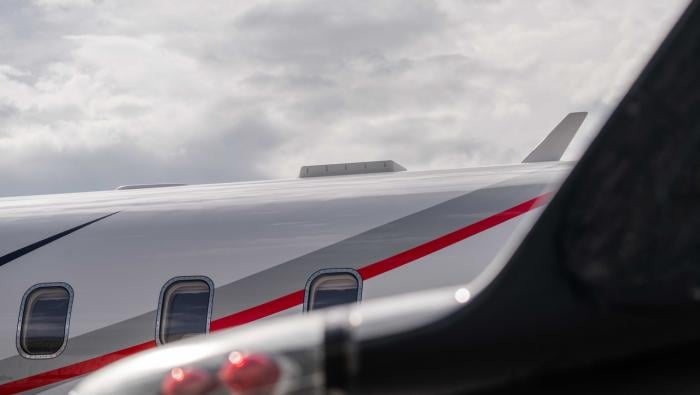Airworthiness Directives (ADs) were in the news as I was writing this article as a major airline has admitted that it failed to comply with the ADs on a considerable number of aircraft. (See story on page 14 about the penalty imposed on Southwest.) Major media outlets have given the story a great deal of attention, providing the public a look into the world of maintenance and, according to one reporter, scaring some passengers to death.
I don’t know if I agree with that statement, but I do know that ADs are something that all of us need to pay attention to. Mechanics for the airlines do not need to be preoccupied with AD compliance since the airlines have processes in place that take the Airworthiness Directive concerns away from the mechanic who signs the airworthiness release.
Mechanics who work for companies that don’t have such procedures in place, however, must remain vigilant to the fact that any task that is accomplished might have an additional AD requirement. We often use a service to provide a listing of all the ADs for the aircraft and the components. Not being vigilant can be costly.
Specific Regulations Outlined
I have reviewed a number of documents from the FAA and NTSB to understand better how the FAA regards failure to comply with the requirements of an AD. The FAA states in AC Number 39-7C that an AD is issued and published in the Federal Register when an unsafe condition is found in a product. The AC includes products other than aircraft, such as engines, propellers or appliances, thereby covering almost anything found on an aircraft. The FAA has covered the field with this AC, and the agency clearly places the burden on the person releasing the aircraft for flight.
Section 9 of the AC addresses the issue of compliance. Since ADs are regulations issued under Part 39, they carry the same force of law as any other federal air regulation. This AC also states, therefore, no person may operate a product
to which an AD applies, except in accordance with the requirements of that AD. With that clause the FAA closes the loop and captures not only a maintenance person who might release the aircraft without complying with the AD but also whoever operates an aircraft that is not in compliance with an AD.
Continue to operate an aircraft after the due date of an AD and you have violated the FARs, and punishment will follow. Section 10b of this AC states “compliance requirements specified in ADs are established for safety reasons.” This statement clearly ties every AD to a safety concern regardless of the content of the AD.
The language in this AC is tight, leaving little room for an airman or his attorney to maneuver. With that in mind, I went to the NTSB administrative law judges’ and the full Board’s determinations of appeals to certificate action taken by the FAA against certificate holders. In one case numbered SE-12030 I found something interesting (something I found in other appeals). According to the document, before an aircraft may be considered airworthy, it “{1} must conform to its type certificate, if and as that certificate has been modified by supplemental type certificates and by Airworthiness Directives; and {2} must be in condition for safe operation.” The document also cites two more NTSB orders: Number EA-3755 and 5 NTSB 50, 52n.6. Anyone interested in the issue should take a look at those documents as well.
Everyone who either releases an aircraft for flight or pilots an aircraft needs to pay attention to the status of the aircraft. Aircraft operated under FAR Part 91 or Part 135 usually are owned by small organizations that do not have a dedicated office to control ADs. Therefore the responsibility falls on the mechanic who releases the aircraft for flight and, under some narrow conditions, could pass to the flight crew.
What can we do to protect ourselves? The answer is simple: pay attention to the details of the system that we already use. We all use some system–either commercial or the FAA Web site–to check for ADs. That is exactly what we should be doing. Since these sites are updated often, what would you show as the basis of your decision on a given AD if the FAA were to come knocking a year later? Some mechanics print a copy of what is displayed on the screen and attach that to the maintenance records. Others print two copies and retain one for their own records. It is the only way you can be sure to defend yourself later if the FAA comes looking for answers. This is good advice for pilots, too, regarding applicable ADs.







